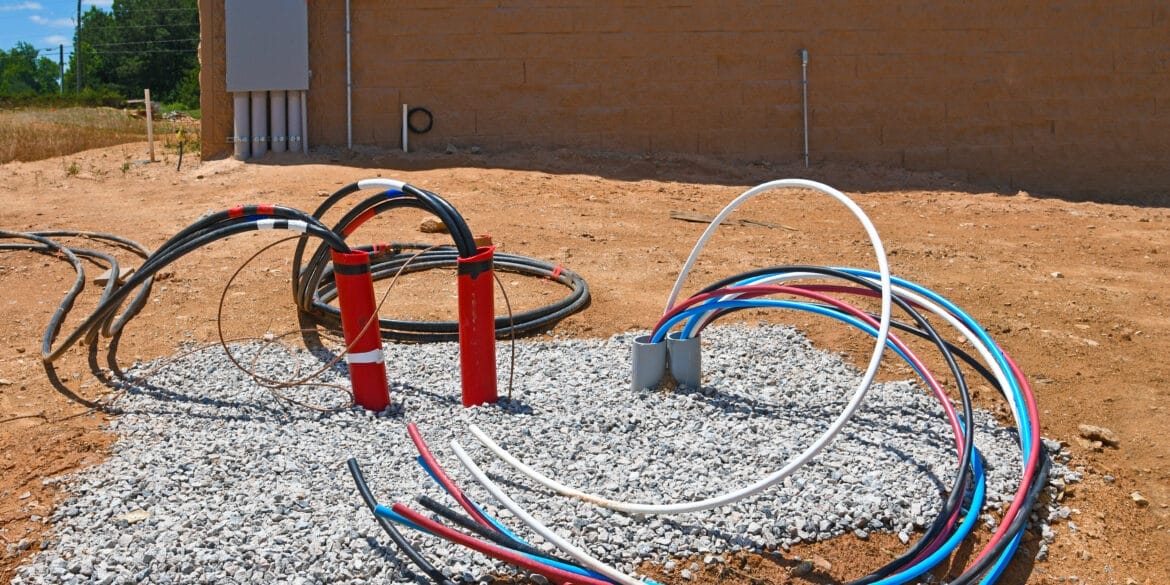Table of Contents
Introduction
The AS/NZS Standard 3000 standard [ref. 1] plays a crucial role in ensuring electrical installations are safe, reliable, and efficient. Among the various aspects it covers is how to evaluate maximum demand, including how to calculate the demand for multiple socket-outlets according to the tables in Appendix C. Maximum demand calculations can be done easily using the Maximum Demand Calculator in Cable Pro Web software.
A common question that comes up is, how should you treat double socket-outlets in maximum demand calculations.
Answer: Double-socket outlets should be treated as two separate points.
We will now demonstrate with two calculation examples involving only socket-outlets.
Example 1 - Single domestic installation
Consider a single domestic installation consisting of the following socket-outlets:
- 10 x 10 A double outlets
- 3 x 10 A single outlets
- 2 x 15 A double outlets
- 2 x 20 A double outlets
TABLE C1 MAXIMUM DEMAND—SINGLE AND MULTIPLE DOMESTIC ELECTRICAL INSTALLATIONS (LOAD GROUP B)

Using Table C1 of AS/NZS 3000, the calculation would be:
Load group b (i)
- Double outlets: 10 x 2 = 20 points
- Single outlets: 3 points
Total outlets = 20 + 3 = 23 points
Maximum demand = (10+5) = 15 A
Load group b (ii)
- Max demand = 10 A
Load group b (iii)
- Max demand = 15 A
Total demand = (15+10+15) = 45 A
Example 2 - Non-domestic installation
In this example, the single phase supply voltage is 230 V. The loads are given below:
- 5 X 10 A single-phase single socket-outlets (non-permanently heated or cooled area)
- 4 X 10 A single-phase double socket-outlets (permanently heated or cooled area)
- 4 X 15 A single-phase socket-outlets
TABLE C2 MAXIMUM DEMAND—NON-DOMESTIC ELECTRICAL INSTALLATIONS (LOAD GROUP B)

Using Table C2 of AS/NZS 3000, the calculation would be:
Load group b (i)
- 5 X 10 A = 1000+(4X400W) = (2600 W/230 V) = 11.3 A
Load group b (ii)
- 4 X 2 = 8 points
- 8 X 10 A = 1000+(7X100 W) = (1700 W/230 V) = 7.4 A
Load group b (iii)
- 1 X 15 A = Full current rating = 15 A
- 2 X 15 A = 15 A+(15 AX0.5) = 22.5 A
Total demand = (11.3+7.4+15+22.5) A = 56.2 A
References
[1] AS/NZS 3000:2018 Electrical installations—Wiring rules.








